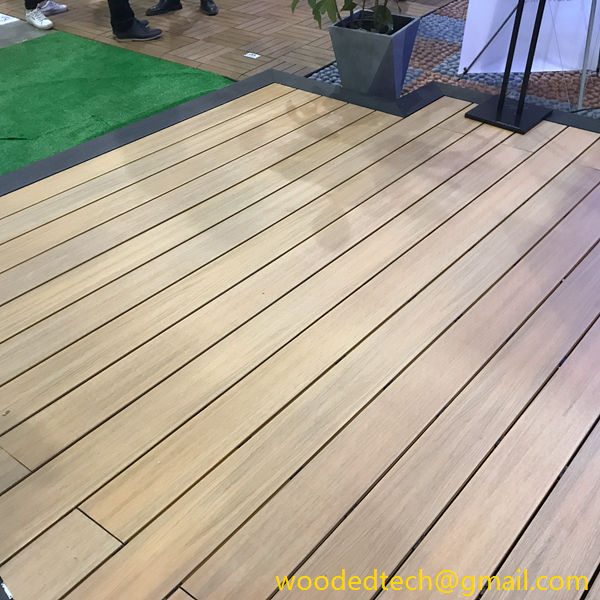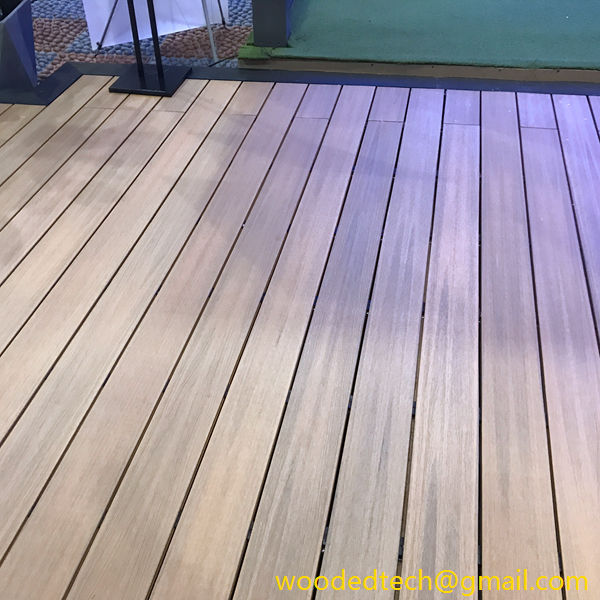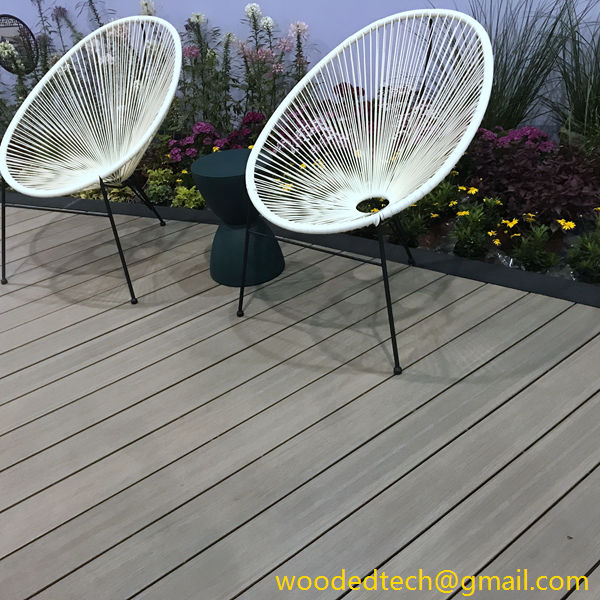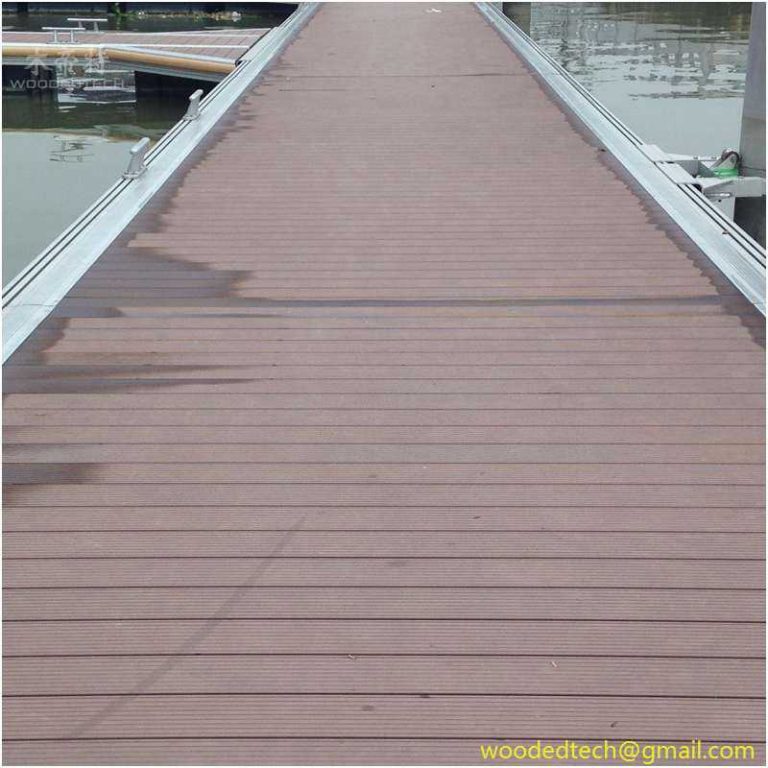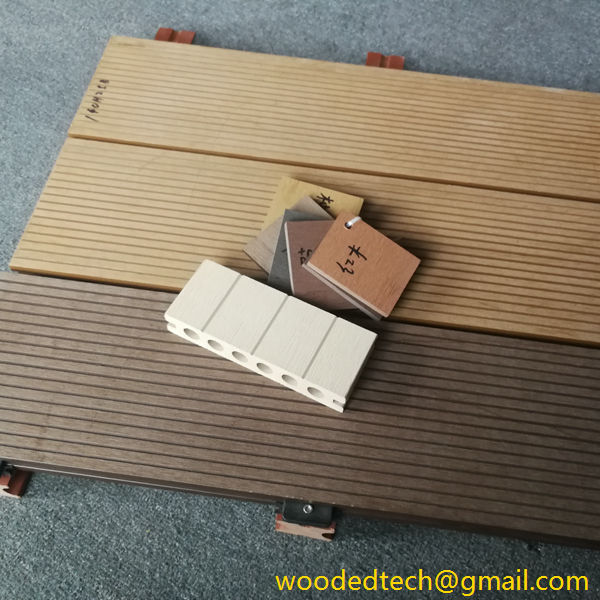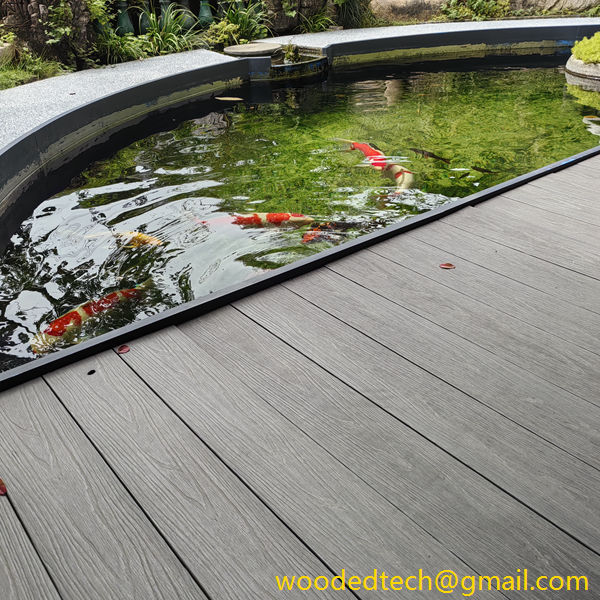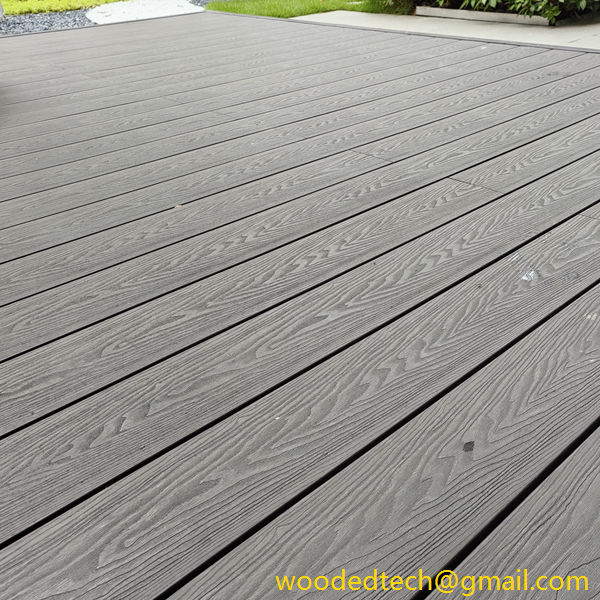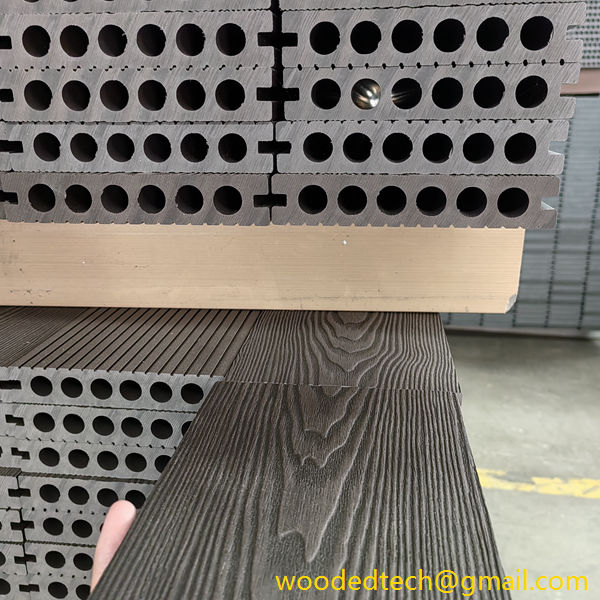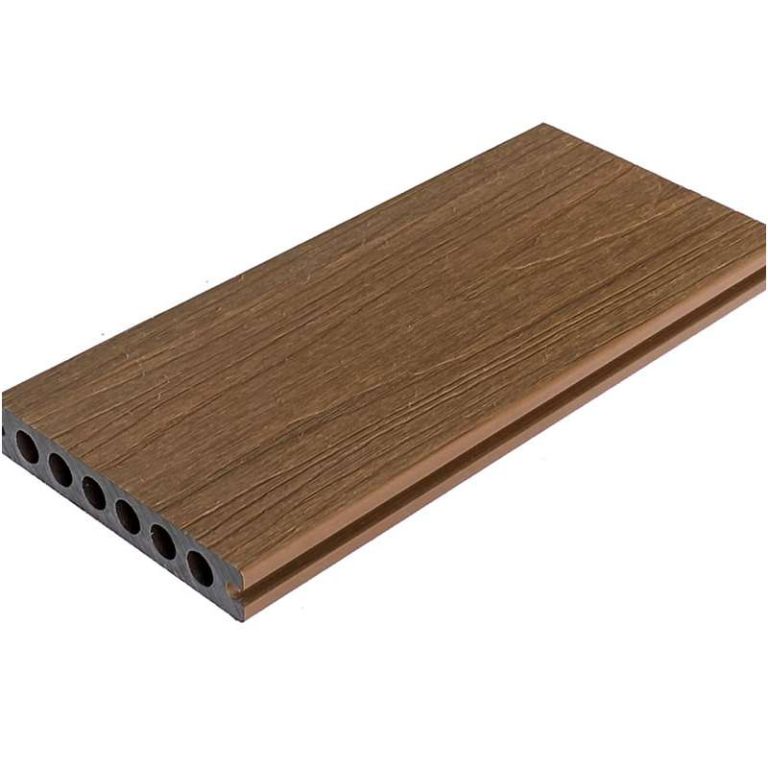L'essor des revêtements de sol en WPC en Chine et leur influence sur le marché mondial
Les revêtements de sol en composite bois-plastique, communément appelés revêtements de sol WPC, ont connu une hausse de popularité remarquable ces dernières années, en particulier en Chine. Cette montée en puissance peut être attribuée à plusieurs facteurs, notamment la demande croissante de matériaux écologiques, les progrès des technologies de fabrication et, surtout, les avantages en termes de coûts qu'offre la Chine en tant que plaque tournante de la fabrication.....
Wood Plastic Composite flooring, commonly referred to as WPC flooring, has witnessed a remarkable rise in popularity in recent years, particularly in China. This surge can be attributed to several factors, including the growing demand for eco-friendly materials, advancements in manufacturing technologies, and most importantly, the cost advantages that China offers as a manufacturing hub.
WPC flooring is a composite material made from a blend of wood fibers and plastic. It is renowned for its durability, water resistance, and ease of installation. These qualities make it an attractive alternative to traditional hardwood flooring, especially for residential and commercial applications. As environmental concerns continue to gain traction worldwide, the demand for sustainable building materials like WPC has increased significantly.
China has emerged as a global leader in the production of WPC flooring, primarily due to its cost advantages. The country boasts a well-established manufacturing infrastructure, which allows companies to produce WPC flooring at a lower cost compared to many Western nations. Several factors contribute to these cost advantages.
Firstly, China has access to a vast supply of raw materials. The availability of wood fibers, plastics, and other necessary components allows manufacturers to source materials locally, thus reducing transportation costs. This is particularly significant given the rising prices of raw materials globally. Additionally, China’s extensive network of suppliers and manufacturers creates a competitive marketplace, further driving down costs.
Secondly, the labor costs in China are generally lower than those in developed countries. This allows manufacturers to employ a larger workforce at a fraction of the cost, which can lead to increased production efficiency. As technology continues to advance, many manufacturers are investing in automation, which further enhances productivity and lowers labor costs over time. The combination of lower labor costs and efficient manufacturing processes enables Chinese companies to offer competitive pricing for WPC flooring on the global market.
Moreover, the Chinese government has actively promoted the development of the green building materials sector, including WPC flooring. Various policies and incentives have been implemented to encourage manufacturers to adopt sustainable practices and invest in research and development. This support from the government not only fosters innovation but also strengthens China’s position in the global WPC flooring market.
As a result of these cost advantages and supportive policies, Chinese WPC flooring manufacturers are well-positioned to serve both domestic and international markets. In recent years, China has become one of the largest exporters of WPC flooring, supplying products to various countries around the world. This growth in exports has allowed Chinese manufacturers to gain significant market share and influence in the global flooring industry.
The impact of China’s rise in the WPC flooring market extends beyond economic factors. With the increasing focus on sustainability, Chinese manufacturers are also prioritizing eco-friendly practices in their production processes. Many companies are using recycled materials and adopting more energy-efficient manufacturing techniques to minimize their environmental footprint. This commitment to sustainability resonates with global consumers who are increasingly seeking environmentally responsible products.
Furthermore, the global market for WPC flooring is expected to continue expanding in the coming years. As more consumers and businesses recognize the benefits of WPC flooring, demand is likely to grow. This presents an opportunity for Chinese manufacturers to further increase their production capacity and explore new markets. By leveraging their cost advantages and commitment to sustainability, they can continue to shape the future of the WPC flooring industry.
In conclusion, the rise of WPC flooring in China is a multifaceted phenomenon driven by cost advantages, government support, and a growing global demand for sustainable building materials. As Chinese manufacturers continue to innovate and expand their reach, their influence on the global WPC flooring market will undoubtedly grow. The combination of competitive pricing, quality products, and eco-friendly practices positions China as a dominant player in this evolving industry, setting the stage for continued growth and market influence in the years to come.

